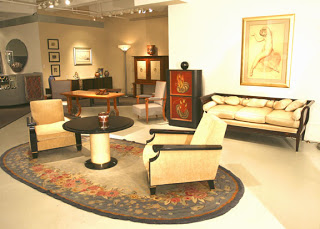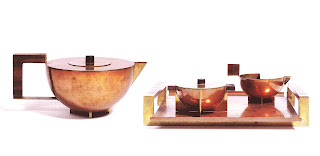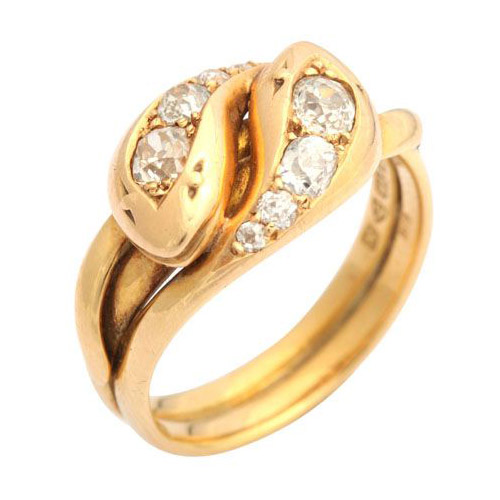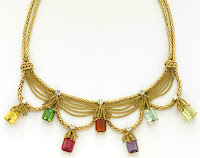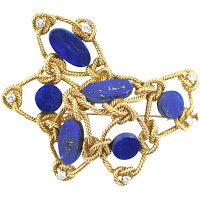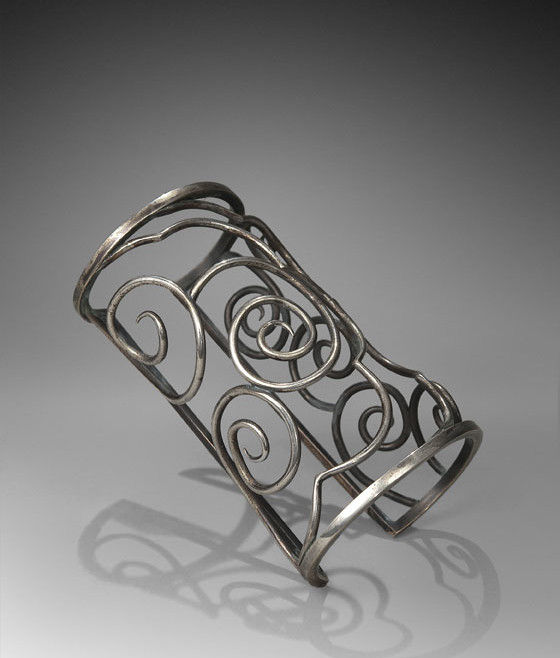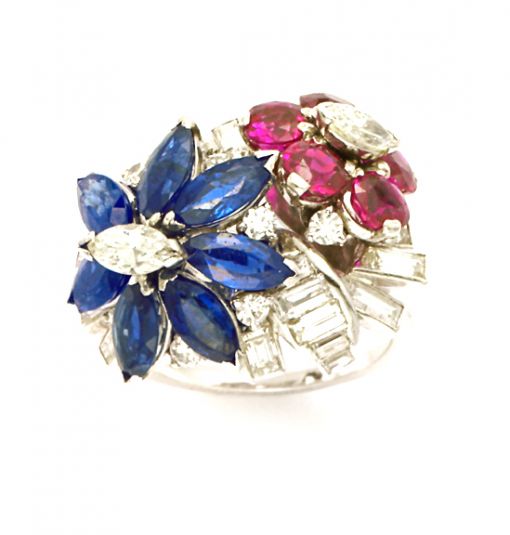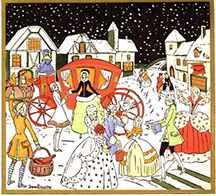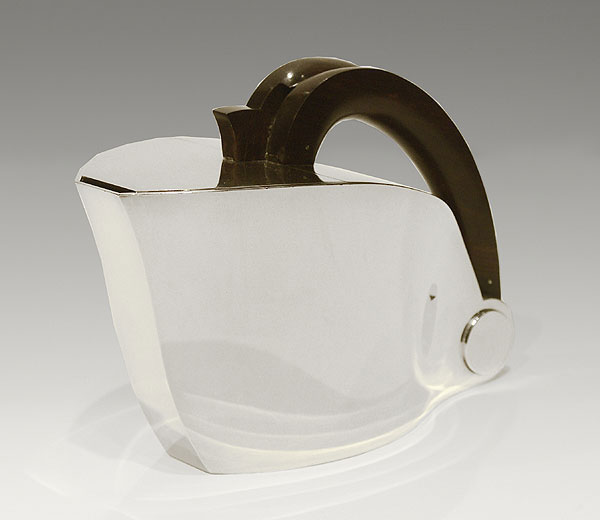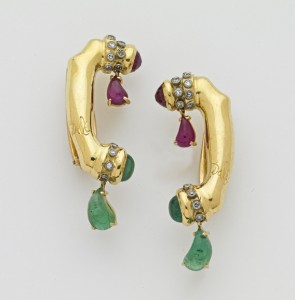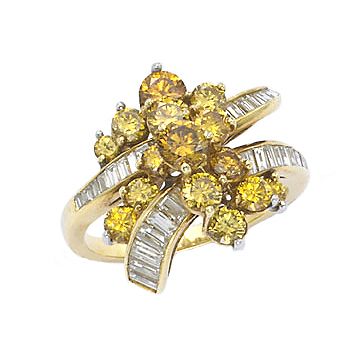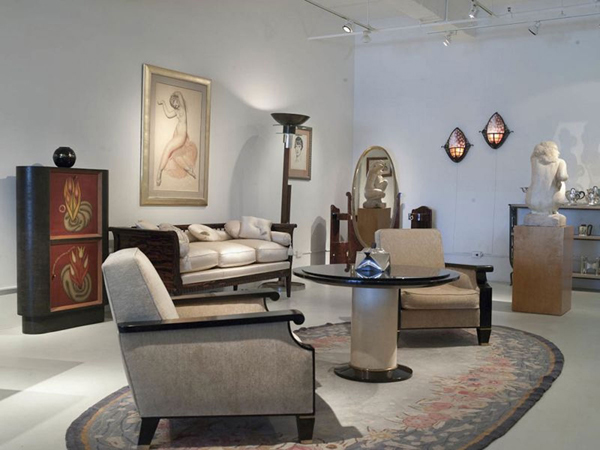We were motivated to put together this exhibition not only because Art Deco has been an important focus of our gallery for the past 40 years, but also because there is so little coming onto the market now, and with the recent focus on contemporary design, we feel that young collectors, who do not have a great deal of opportunity…
